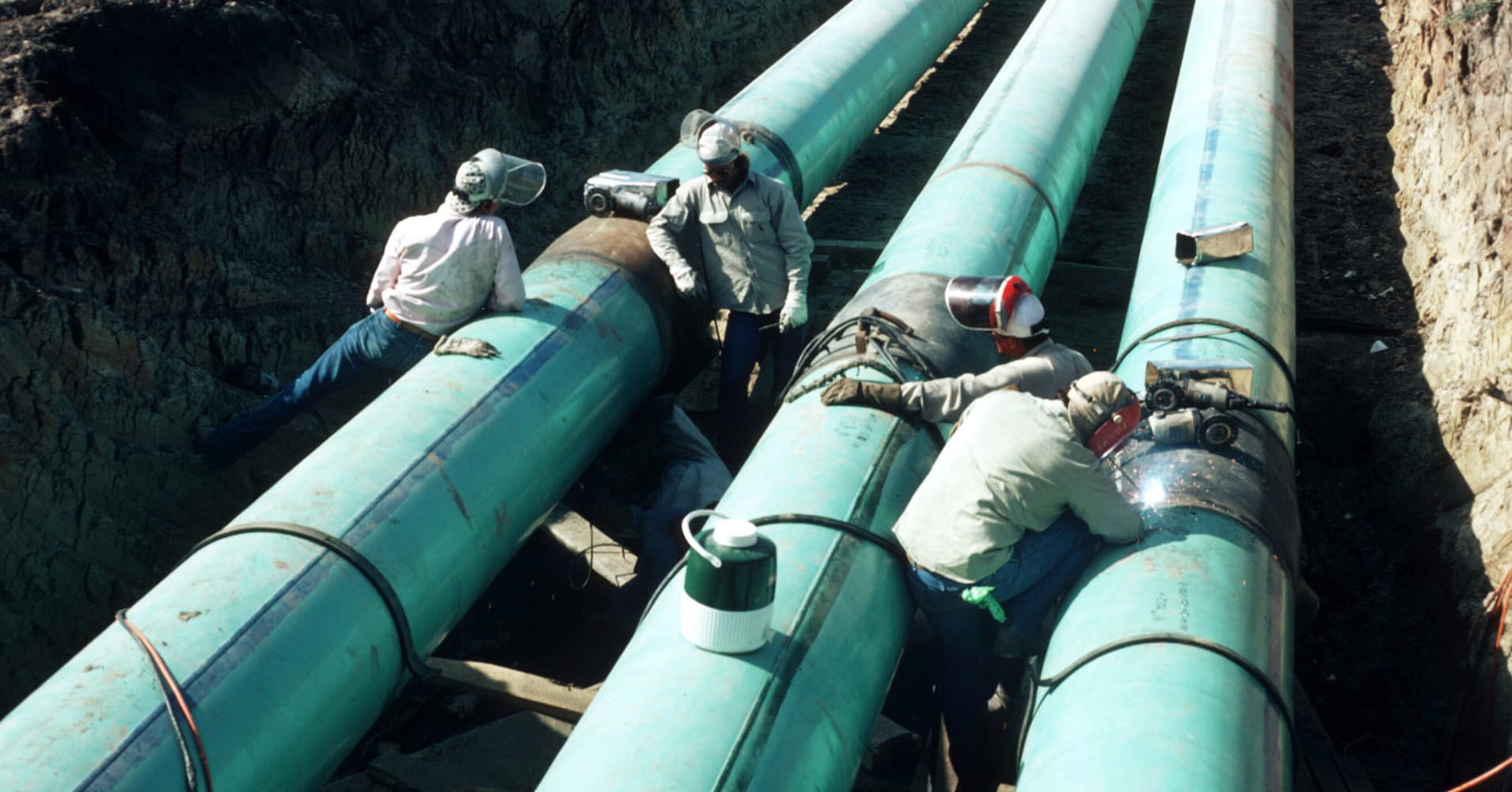
Global oil supply was firing on all cylinders in August, reaching a record 100 million barrels per day (bpd), the International Energy Agency revealed in its monthly Oil Market Report Thursday.
Higher output from Organization of the Petroleum Exporting Countries (OPEC) managed to more than offset seasonal declines from non-OPEC members, although non-OPEC supply was also up 2.6 million bpd in August of the previous year, led by the U.S. The IEA forecasts non-OPEC production to grow by 2 million bpd in 2018 and 1.8 million bpd in in 2019, characterized by "relentless growth led by record output from the U.S."
Meanwhile, August saw OPEC's crude supply hit a nine-month high of 32.63 million bpd, despite concerns over falling production and slashed access in major producers Venezuela and Iran. Higher volumes from Nigeria and Saudi Arabia as well as increased production in Libya and Iraq served to outweigh these drops.
The 15-nation cartel's members agreed to start raising output beginning in July this year to stabilize markets and offset losses in major suppliers Iran and Venezuela, OPEC's third and sixth-largest producers, respectively.
Tehran is facing the loss of most of its energy export markets as the Trump administration prepares to sanction its oil sales on November 4 after pulling out of the Iran nuclear deal in May. August saw Iran's production drop dramatically by 150,000 bpd to 3.63 million bpd, its lowest level since July 2016, as buyers cut orders in the face of impending U.S. penalties.
The Iran deal, known officially as the Joint Comprehensive Plan of Action and signed with five other world powers, offered sanctions relief to the Islamic Republic in exchange for limits to its nuclear program. Sanctions imposed by Washington on other parts of its economy in August have already sent its currency into a tailspin.
Meanwhile, Venezuela's protracted economic crisis has led to a production collapse that's seen 1 million bpd wiped off the market in the past two years, and supply there is expected to continue to deteriorate rapidly.
The demand outlook is less bullish. Global oil demand growth for 2018 and 2019 are unchanged, the IAE reported, remaining at 1.4 million bpd and 1.5 million bpd, respectively.
Weaker demand in Organization for Economic Cooperation and Development (OECD) members in Europe and Asia, as well as higher gas prices in the U.S., put some downward pressure on the pace of demand growth, while shakiness in emerging markets over trade disputes and weakened currencies pose a risk to demand outlook for 2019.
Meanwhile, OECD Americas oil demand is set to post strong growth for 2018. Brent crude prices fell in August but more recently rose to two-month highs around $80 a barrel.
Despite robust production and supply, oil markets are still tight, meaning that a disruption in any major producer could lead to a material impact on prices. Iraq, OPEC's second-largest producer which saw near-record production in August at 4.65 million bpd, is currently witnessing violent protests in and around Basra, which hosts the majority of its oil production facilities and its only deepwater port. Demonstrators have blocked roads and threatened to shut down oil facilities in protest against failed state services, unemployment and political corruption.
Meanwhile Libya, posting a major output rebound in the same month of 280,000 bpd to reach 950,000 bpd, remains vulnerable to disruptions due to continued unrest and security problems. The U.S. Treasury department in conjunction with the United Nations on Wednesday imposed sanctions on a leading Libyan militia leader for his attacks on vital oil facilities in June.
No comments:
Post a Comment